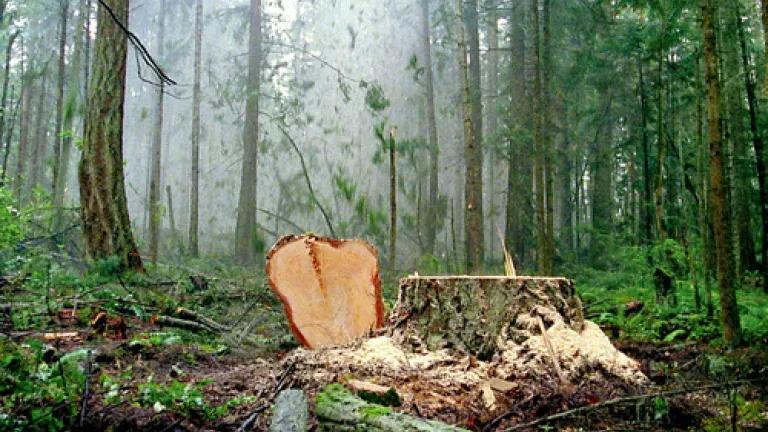Marfa Dialogues, Maya Lin, and Me: How Artists and Advocates Can Protect the Environment

I spend my days calling on lawmakers, community leaders, and concerned citizens to address the threat of climate change. Many of these conversations are fruitful, but there are times when field notes and policy blueprints fail to communicate the urgency of the climate crisis. Sometimes we need other ways to move and inspire people. Fortunately, we have a growing group of allies in this effort: visual artists.
On November 4, I will be speaking with Maya Lin about the role artists, advocates, and scientists can play in confronting climate change. During the event, which is part of Marfa Dialogues New York, we will explore the power of art to mobilize the public and the great potential for environmentally focused artwork to affect climate policy.
Maya has thought a great deal about the intersection of art and climate action. An NRDC trustee, she is a committed environmentalist who can talk policy details like a practiced wonk. But she is also an artist who brings a piercing intelligence and commanding aesthetic vision to her work.
Since Maya designed the Vietnam Veteran’s Memorial as a Yale undergraduate, she has been known for creating work that commemorates the past. Her latest memorial is called What is Missing? and it offers a haunting depiction of the animals, plants, and landscapes that are disappearing as a result of climate change. The piece is organized around a central website, where people share their memories of cherished places and species they remember being more abundant in an earlier time. It also uses scientific data and historical records to flesh out a picture of biodiversity in a changing world.
What is Missing? is a masterful combination of art, science, and advocacy. It conveys important information about climate change, but it also stirs deep feelings of loss and sadness, as well as awe at the beauty and resilience of our planet. It can speak to people who might never have called themselves environmentalists or who would never attend a climate rally, but are now moved to act on behalf of the places and animals Maya so vividly portrays.
"Unchopping a Tree" from Maya Lin’s What is Missing? Image courtesy of the artist.
Maya is in the midst of creating on Green Print for the Future. The work poses a series of questions about sustainability, such as: “What if every country planted enough trees to offset its carbon emissions?” Maya then illustrates what that would look like, using data and beautiful imagery. It is an inspiring visualization of the world so many of us are trying to build.
Art has a unique ability to help people envision new and innovative ways to protect the environment. A few years ago, NRDC’s Chicago office released a technical paper outlining a complex set of recommendations for dealing with invasive species in the Chicago River and Great Lakes. We shared it with people in the community, but they had a hard time wading through the data and therefore they didn’t get excited about our solutions.
We decided to take a different approach: we asked architect Jeanne Gang to illustrate our solutions through design. Gang, who since won a McArthur Genius Award, brought the challenge to her students at the Harvard Graduate School of Design and together they created 10 different designs for the future of the Chicago River based on the ideas from NRDC’s white paper. Their plans and drawings were compiled in a book called Reverse Effects: Renewing Chicago’s Waterways, and they helped change the conversation. Suddenly people could see what we proposed for the river, and they wanted to be more involved. The designs helped push our policy goals forward, not just with the public but with legislators and other decision makers.
This experience helped NRDC see something as well: art and design can be potent additions to our traditional tools of science, litigation, and advocacy.
They also invite us to work with new partners, including cultural institutions, young people involved in creative fields, and others who are interested in producing work that has both high art value and social engagement. One of those partners is IMC Lab + Gallery, co-founded by my daughter Carrie Elston Tunick. The gallery is participating in the Marfa Dialogues New York and is currently showing the work of six artists who use elaborate computer modeling and other data tools to visualize climate change.
I'm looking forward to speaking with Maya on November 4, and I encourage you to watch the conversation unfold live on NRDC’s website, where we will be streaming the event. I am excited to see where the discussion takes us and what we can discover about how artists and advocates can work together to visualize—and help create—a more sustainable world.
That would be a glorious piece of art indeed.
